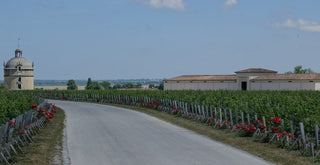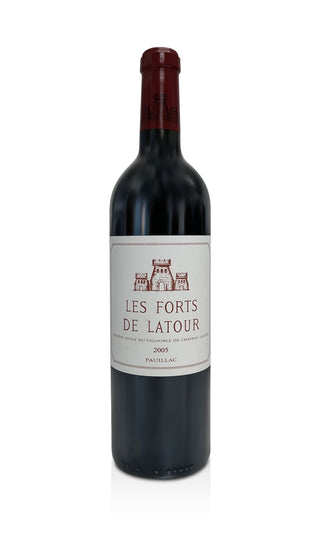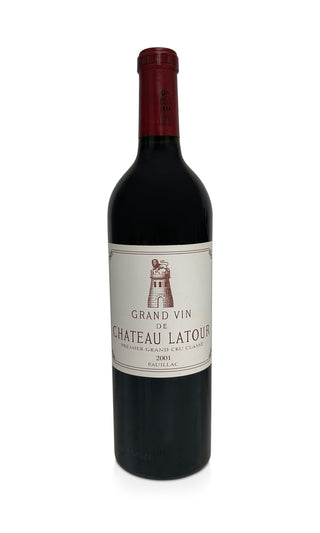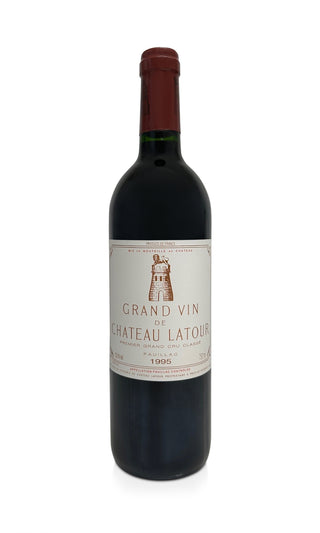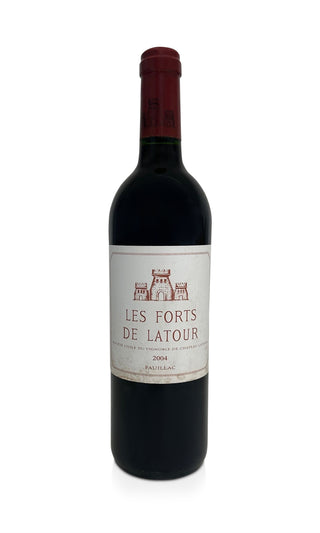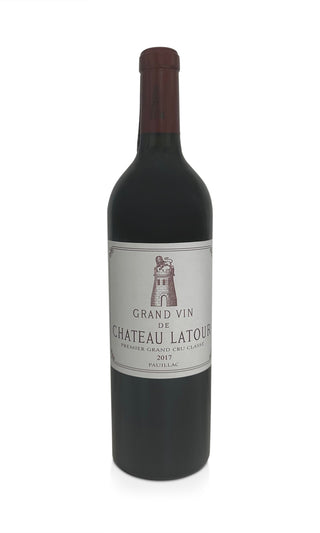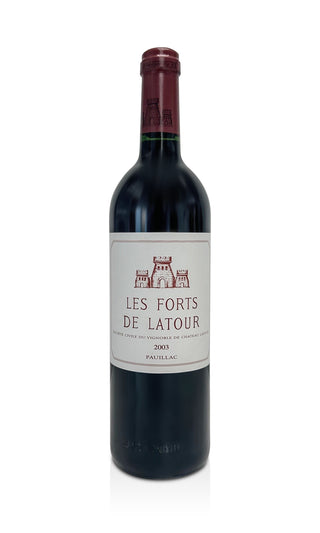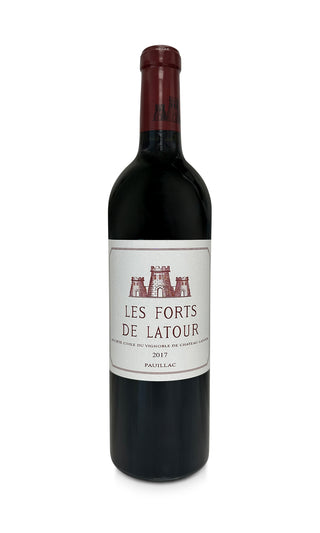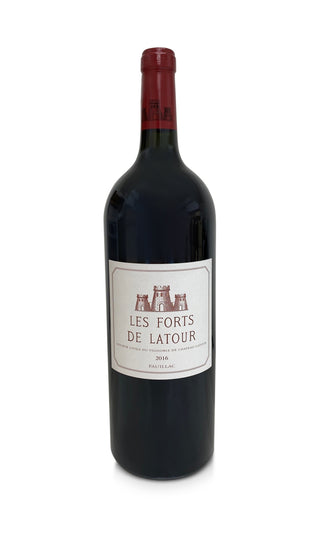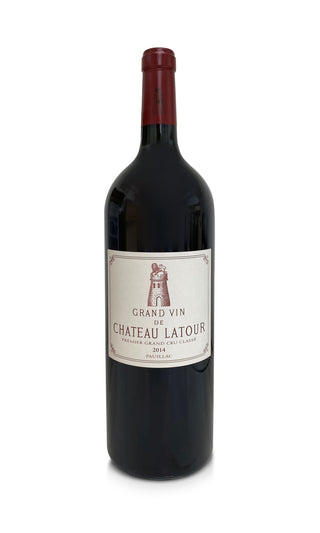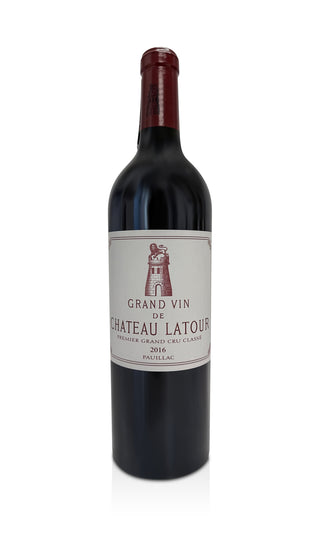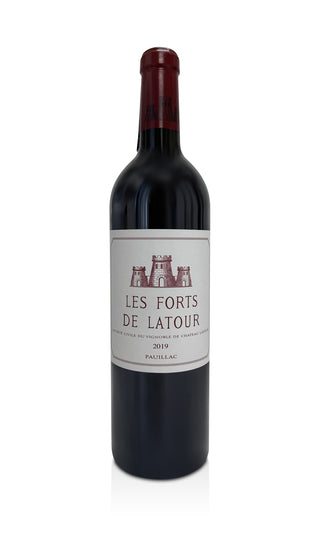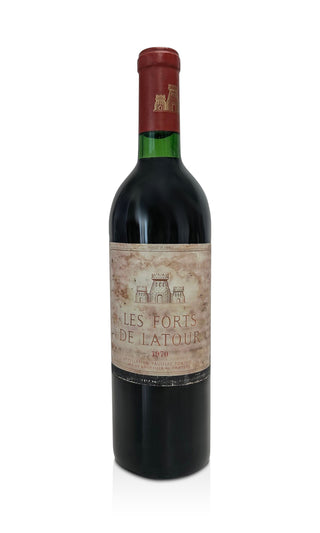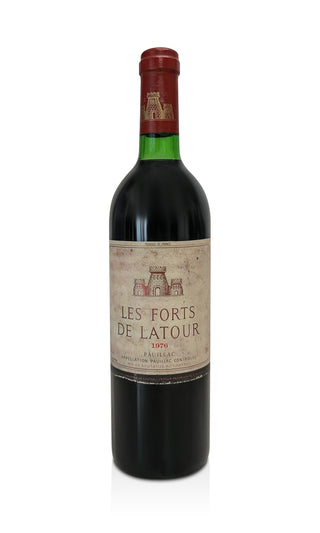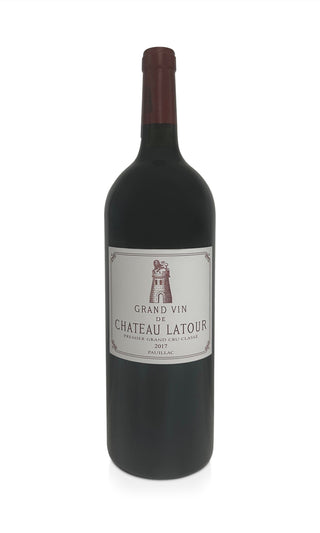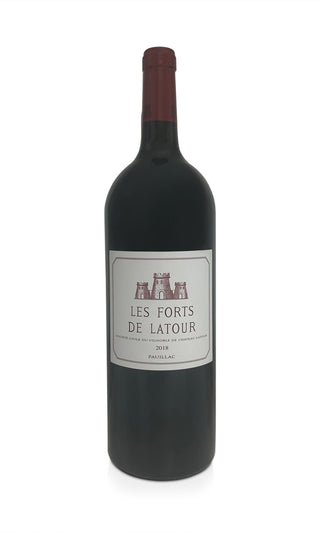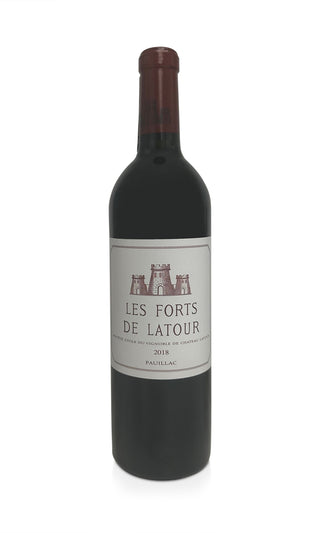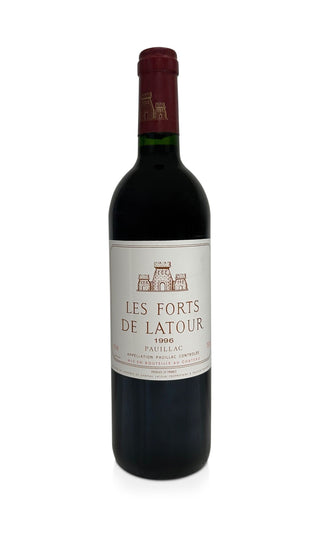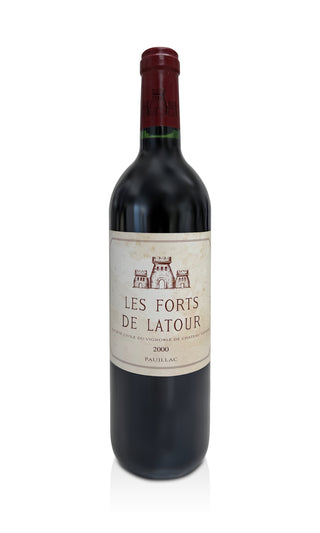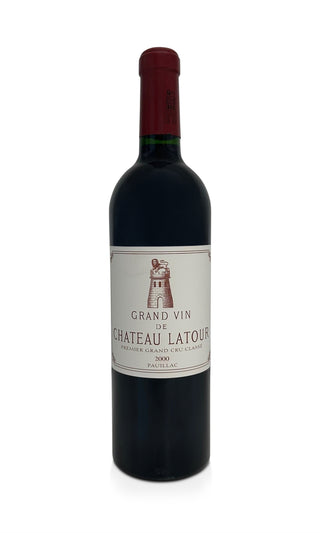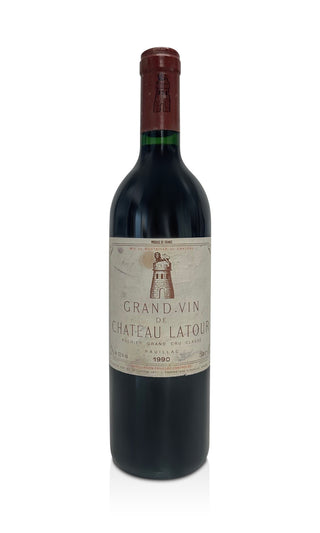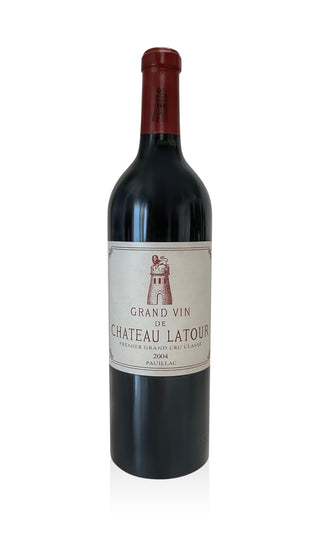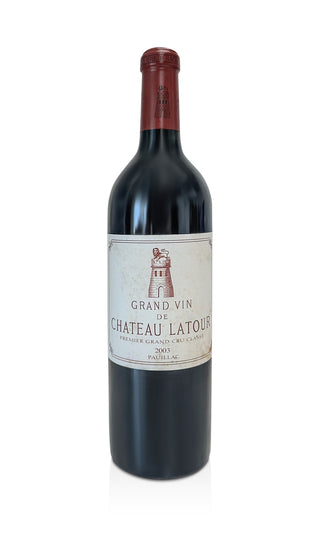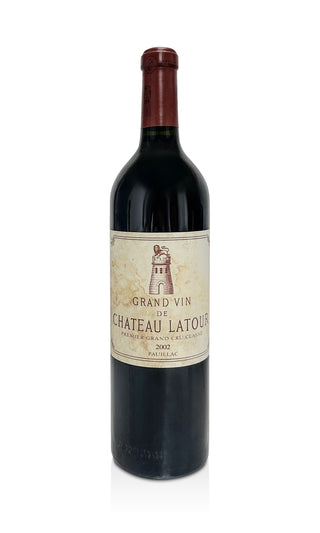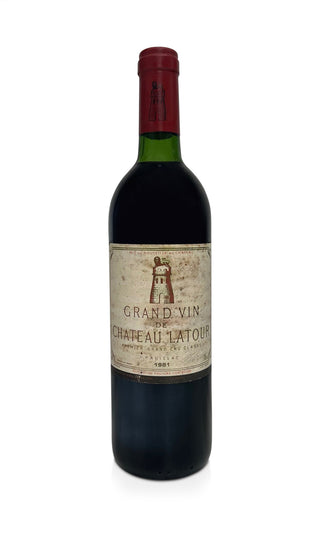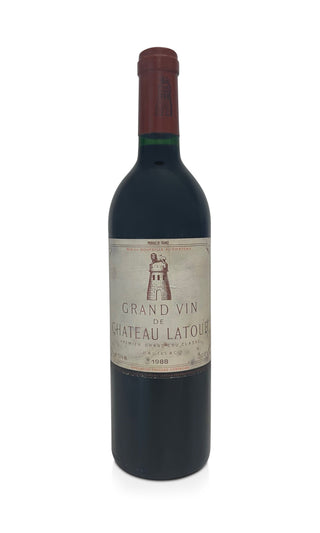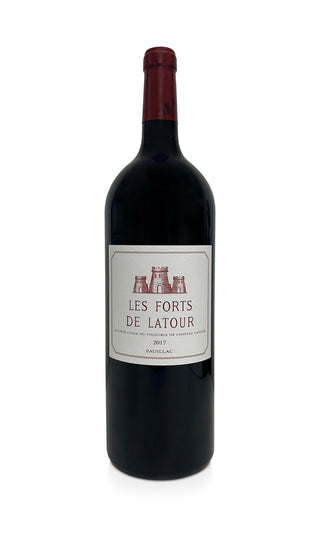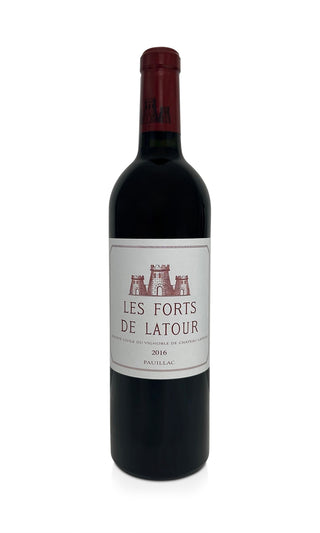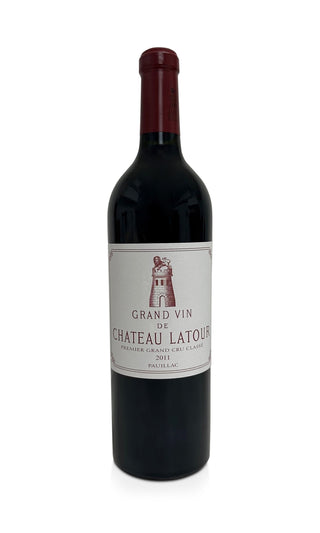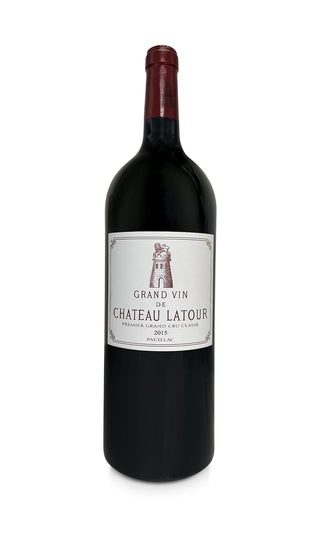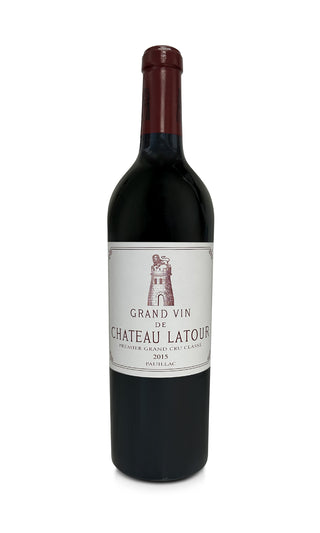Château Latour - synonymous with longevity and durability
The Château Latour winery is considered one of the most famous and elegant wineries in the world and is one of the three wine-growing companies in the commune of Pauillac classified as Premiers Crus. The château is located in the Bordeaux wine-growing region, south-east of the municipality of Pauillac on the Médoc peninsula in the small suburb of St. Lambert. The French billionaire François Pinault has owned the château since 1993.
The secret of the terroir of L'Enclos - organic cultivation area with heart
In the 1990s, the heart of Château Latour "L'Enclos" was converted to organic viticulture. Since 2015, the entire harvest of the Latour winery's main growing area has come exclusively from organic cultivation. In addition, 50 percent of L'Enclos is farmed biodynamically.
In 2008 the horse plow was reintroduced and plowed plots were given a minimum five year regeneration period before they could be replanted. By using natural pest control such as insect hotels, the use of herbicides can be completely avoided.
The first biodynamic experiments took place in 2009 on a small area of 3 hectares. The winery makes its own fertilizer using compost made from nettles, chopped vines and dogwood.
The 92 hectares of the winery are carefully managed by the winemaker Frédéric Engerer and his team with great attention to detail. The vast majority of Château Latour's vines grow on vineyards whose soils consist of a mixture of gravel and clay that is ideal for the vines. Only grapes from the 47-hectare heart of L'Enclos are suitable for the Grand Vin. This is planted with 76 percent Cabernet Sauvignon, 22 percent with Merlot and 2 percent each with Petit Verdot and Cabernet Franc.
Château Latour - the luminary among red wines from Bordeaux
The history of Latour can be traced back to 1378. In that year, according to the historian Jean Froissart, a two-story tower called La Tor de Sent-Maubert was captured by English soldiers. However, viticulture at Château Latour began much earlier. Wine trade between England and France was exempt from taxes as early as the 12th century, leading to an early heyday in wine production around Bordeaux. Records from the 14th and 15th centuries show that L'Enclos was already largely planted with vines at that time.
A report from 1755 proves that 100 years before the official classification, Latour was considered one of the leading wine producers in the region and was listed among the four wineries that fetch more than 900 livres (approx. 16,000 euros) for a tonneau (approx. 225 liters) achieved on the market. Until the year 1900, the red wine on Latour was made exclusively from grapes from ungrafted vines. Since 1920, American rootstocks, which are resistant to phylloxera, have been used and grafted on site.
As is usual with most winery owners in Bordeaux, Latour's owners did not live on their property. This meant that management and wine production were entrusted to a highly skilled winemaker, whose meticulous reporting to the landowner today reveals what has happened at Château Latour over the past 300 years. Among other things, the then American ambassador to France and later US President Thomas Jefferson discovered the extraordinary quality of Latour's fine wines in 1787.
The current château is said to have been built between 1862 and 1864. Purchase by the Pearson Group of Great Britain in 1962 led to huge changes and significant investment in new machinery and kegs.
The wines
The vinification of the Grand Vin takes place in eighty stainless steel tanks, which can hold between 12 and 164 hectoliters and whose temperature is constantly and strictly monitored. Which grape variety goes in which container depends on the age of the vines, the specific location of the plot and the grape variety.
The second wine, Les Forts de Latour, comes from younger vines around L'Enclos and has been produced since 1966. However, this wine is not a second wine in the traditional sense, as grapes grown specifically for this wine are used.
The third wine, Le Pauillac de Château Latour, is made from grapes whose quality does not meet the requirements for Les Forts de Latour.
All of the wines from Château Latour are popular with wine connoisseurs and lovers thanks to their high quality and impress with their fine taste.
